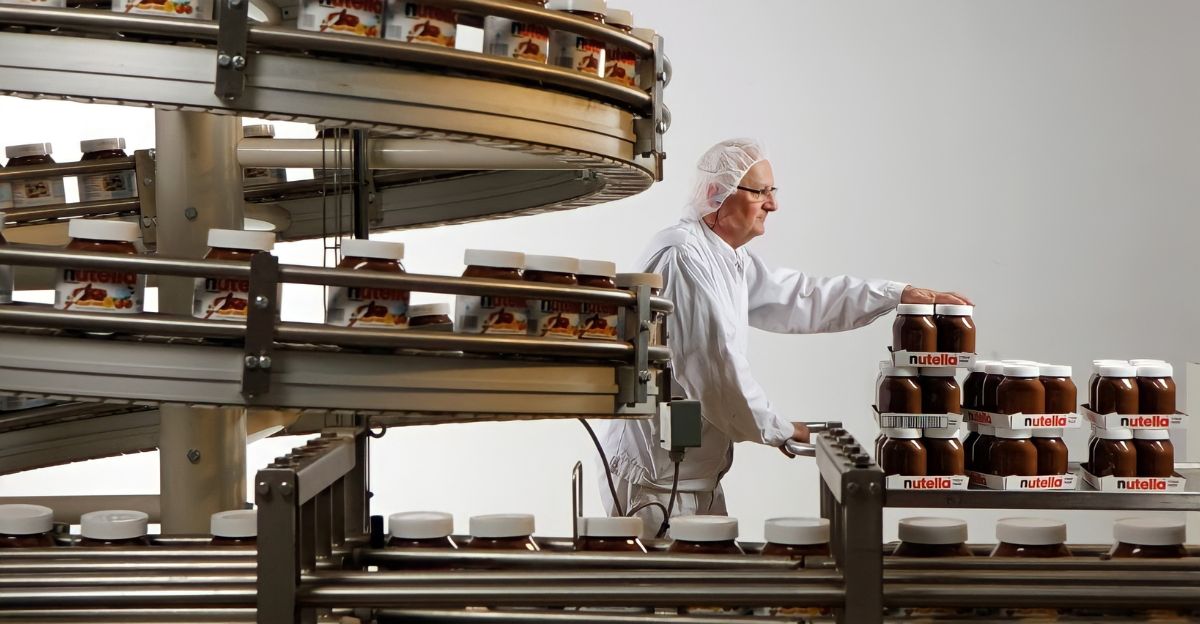
Ferrero, the Italian company behind Nutella and Ferrero Rocher, is buying a major U.S. cereal company for $3.1 billion in cash. This deal includes six manufacturing plants and covers cereal distribution across the U.S., Canada, and the Caribbean.
This is Ferrero’s first big step into breakfast foods. The deal should close in the second half of 2025, pending shareholder and regulatory approval. Ferrero is set to grow its North American presence in a big way.
The Sweet Deal

The deal starts with big money: $3.1 billion in cash, about $23 a share. That’s over 30% more than the stock price before. Investors were surprised. Who would pay that much for a sleepy cereal market? The buyer sees value in nostalgia, wide distribution, and the still-powerful breakfast aisle.
The target was kept secret at first, but it’s clear the buyer wants scale and shelf space to revive a business making billions every year. So, which famous cereal brand just changed hands, and why?
Why Breakfast Needs a Change

According to NielsenIQ, U.S. cereal sales have fallen between 6 and 13% over the past decade. Many shoppers have shifted to breakfast bars, protein shakes, or fast food instead. Millennials often see cereal as too much cleanup, while Gen Z tends to skip over cartoon mascots in favor of high-protein options.
Still, cereal brings in over $23 billion a year. For a smart buyer, this market looks like a chance to buy cheap space on grocery shelves. Add pandemic supply problems and inflation, and the timing is perfect for someone to step in and refresh the business.
So, Who’s Ferrero Acquiring?
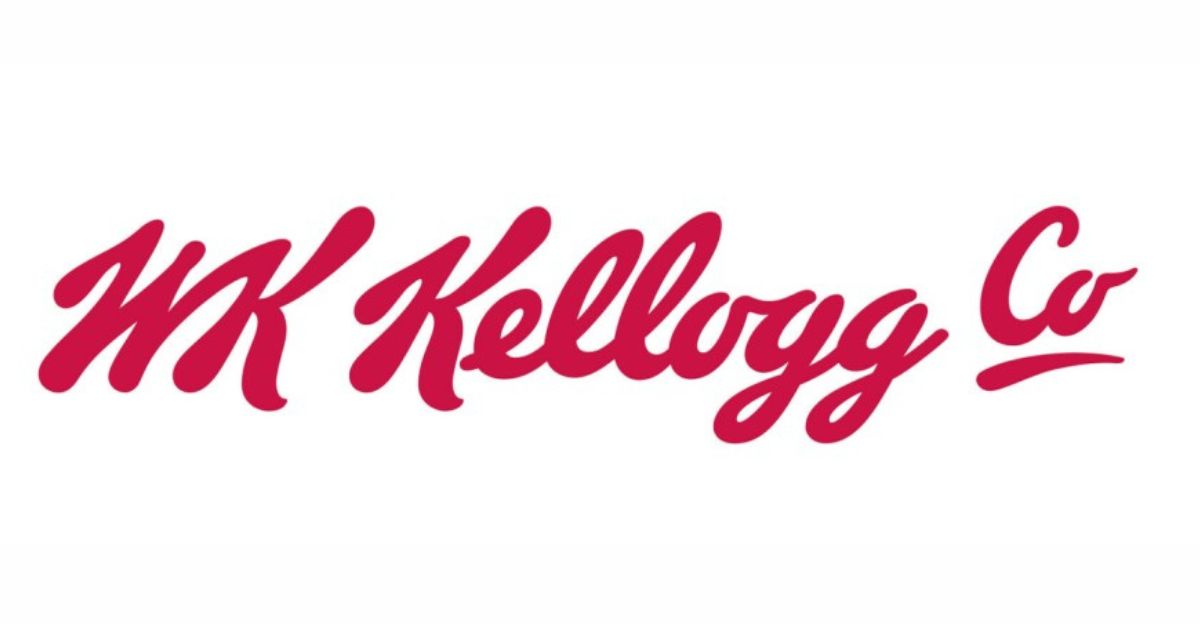
Ferrero is buying WK Kellogg, a 2023 spinoff of the famous Kellogg brand. The acquisition allows Ferrero to expand its presence in North America.
WK Kellogg has been struggling with falling sales and old factories. Now it’s going private with a new owner ready to invest and grow. CEO Gary Pilnick calls this “the next chapter” for their proud history. The big question is if new money and fresh management can bring this Battle Creek staple back to growth.
A Legacy of Innovation
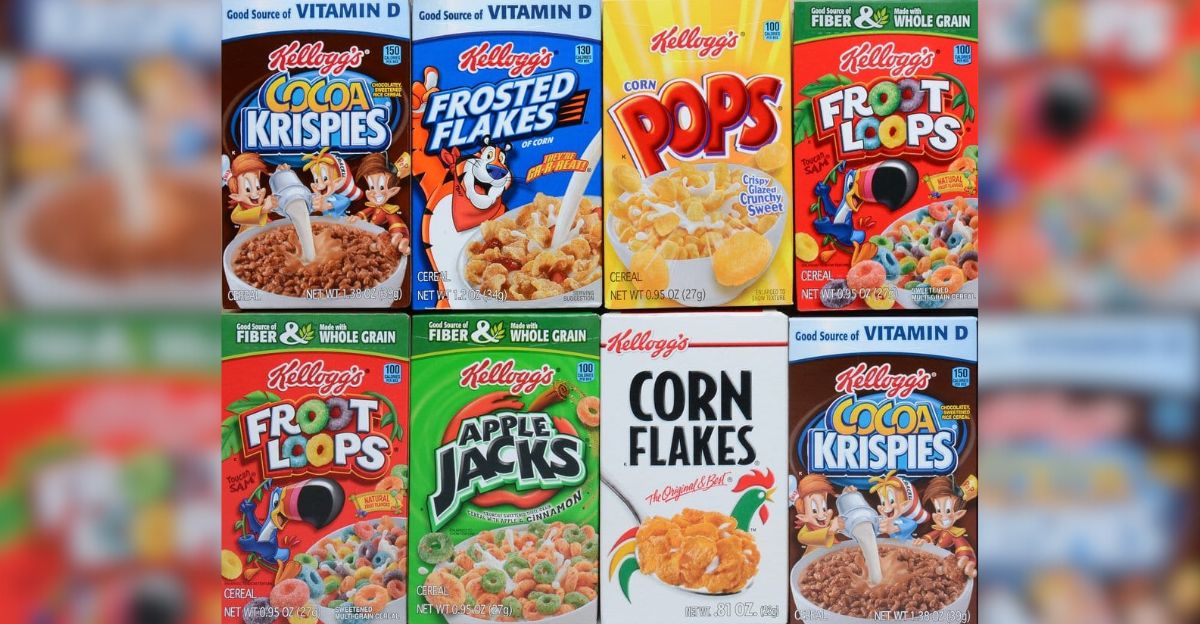
WK Kellogg Co. was a 2023 spinoff of the famous Kellogg brand. This is the part of Kellogg that kept classic cereals like Corn Flakes, Froot Loops, and Raisin Bran. Meanwhile, the snack side became a separate company called Kellanova. WK Kellogg held on to the traditional cereal legacy, but it struggled with falling sales and aging factories.
The company was founded in 1906 by W.K. Kellogg, who revolutionized breakfast with the creation of Corn Flakes, changing the way America ate breakfast forever. Over the years, the company expanded its product line and became a household name.
Ferrero’s Big Move Beyond Chocolate
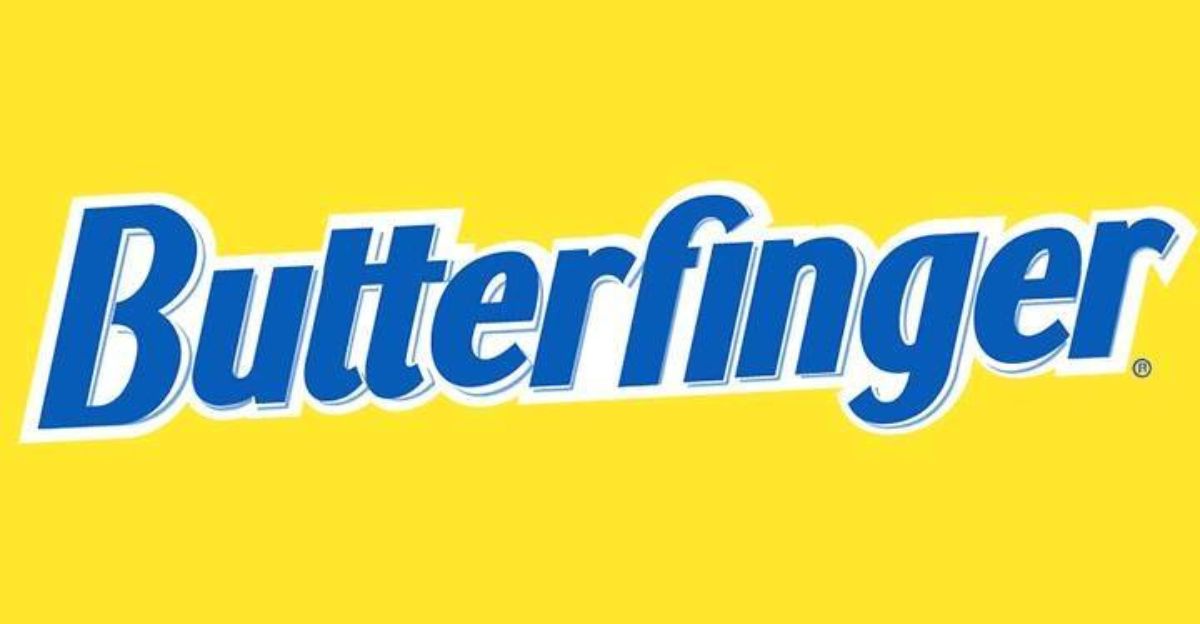
Since 2018, Ferrero has spent $2.8 billion to acquire Nestlé’s U.S. candy brands, including Butterfinger, Crunch, and Baby Ruth. In 2022, it added Wells Enterprises, maker of Blue Bunny, Bomb Pop, and Halo Top, in a deal with an undisclosed price. Executive chairman Giovanni Ferrero called it “a win-win partnership,” reflecting the company’s goal to own every “treat occasion” from breakfast to dessert.
Today, Ferrero and its affiliates employ over 14,000 people across 22 manufacturing plants and 11 offices in North America, creating a coast-to-coast platform for cereal, candy, cookies, and frozen treats.
Why Is Ferrero Actually Buy WK Kellogg
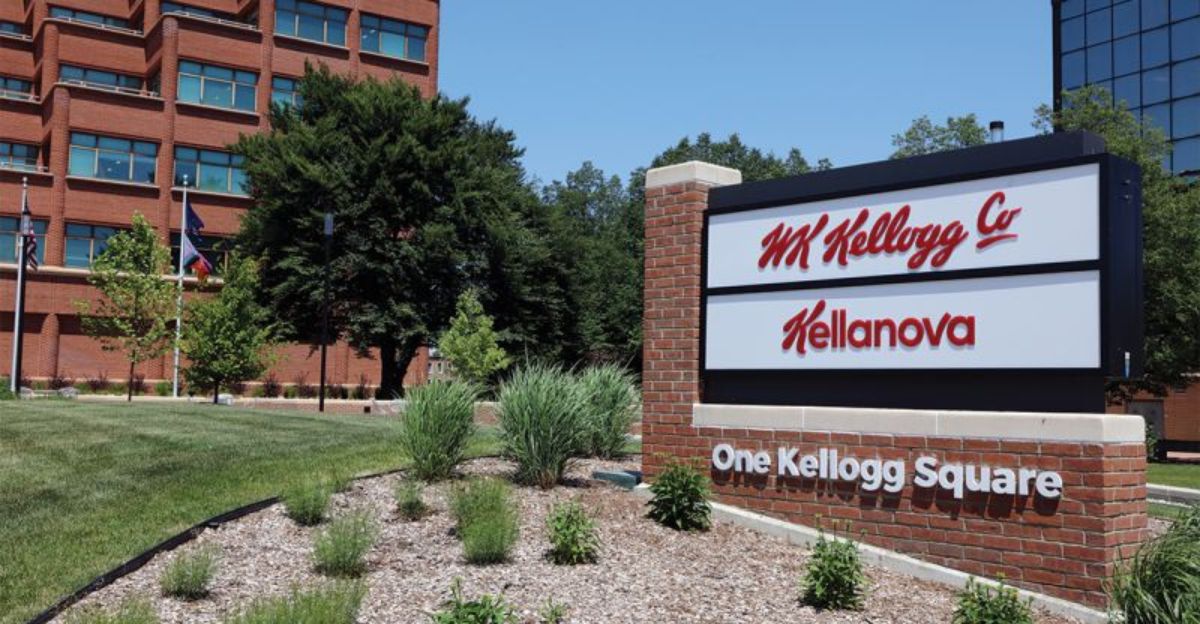
Ferrero didn’t just wake up craving Corn Flakes. This deal is a bold business move with clear logic behind it. From growing its U.S. presence to escaping wild cocoa prices, Ferrero saw major advantages in WK Kellogg. Here are four big reasons the deal made perfect sense.
#1: Expand American Footprint
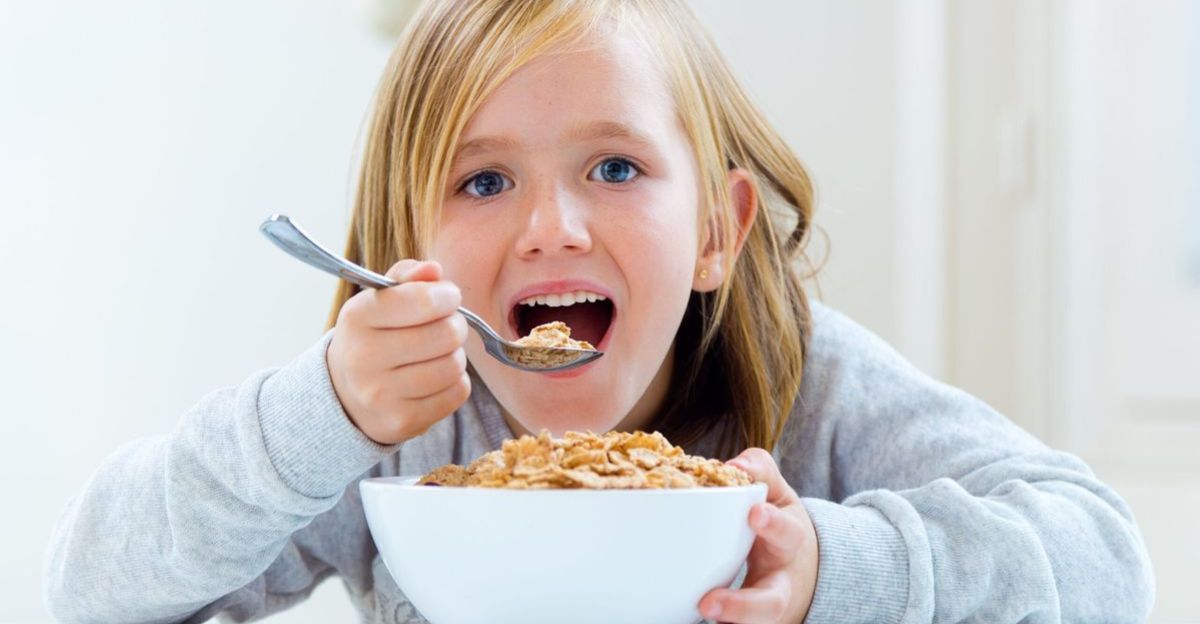
North America is now Ferrero’s fastest-growing market, and the WK Kellogg deal pushes that momentum further. The acquisition adds six cereal plants and deepens Ferrero’s ties with major U.S. retailers. The company already has over 14,000 employees across 22 manufacturing sites and 11 offices in the region.
Analysts say this expanded scale will help Ferrero secure stronger shelf placement for Nutella, Keebler, and Kinder, boosting its ability to compete with established category leaders over the long haul.
#2: Offset Cocoa Price Spikes
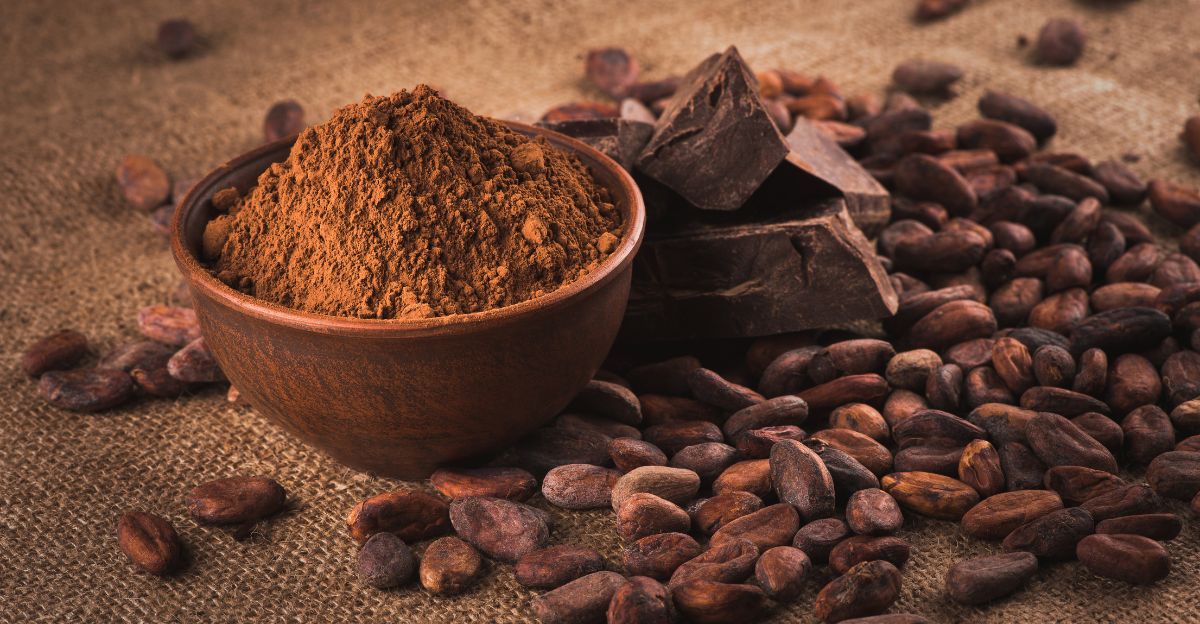
Cocoa prices have quadrupled since 2023, squeezing profits across Ferrero’s chocolate-heavy lineup. By buying a cereal company, Ferrero adds more balance to its ingredient costs. Cereal relies on grains like corn and oats, which are more stable and less exposed to global weather shocks. This helps smooth out the company’s cost base and reduces its reliance on cocoa. With this move, Ferrero gets both a safety net and a steady new income stream outside the unpredictable world of chocolate.
#3: Turn Trusted Brands into Cash Machines
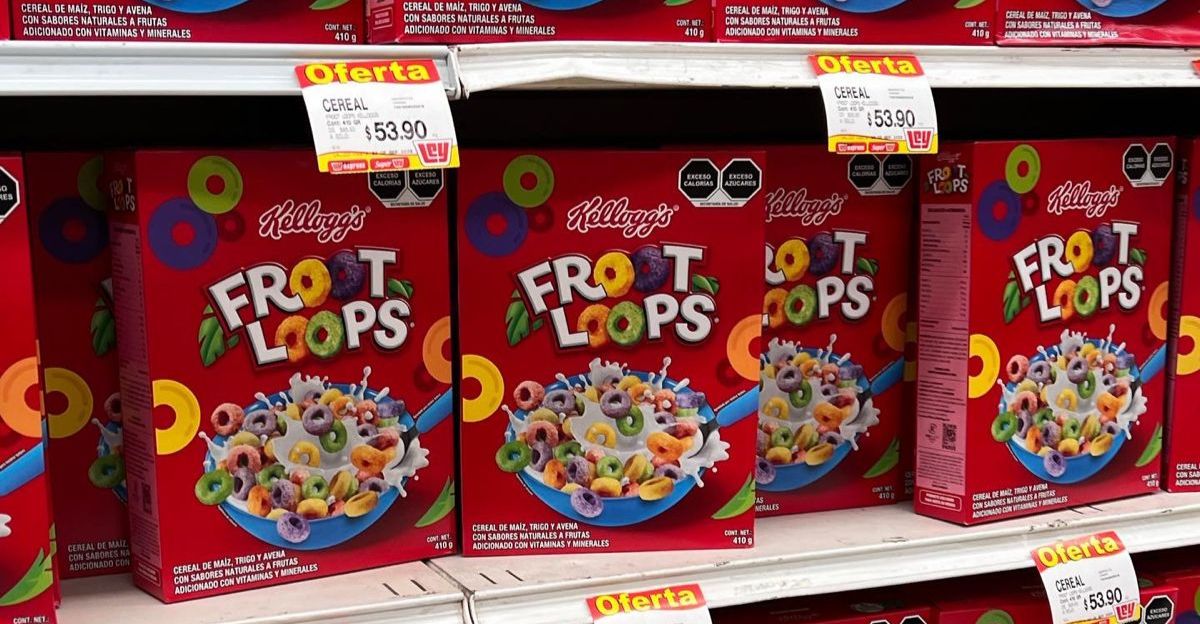
WK Kellogg brings in $2.7 billion a year, but its brands, Corn Flakes, Special K, Froot Loops, aren’t performing like they could. Ferrero sees a chance to fix that. Its playbook focuses on “under-used” names with strong recognition and room to grow. These cereal staples offer just that. Ferrero’s past takeovers, like Keebler, show it knows how to refresh a tired brand without losing what made it popular. If the company boosts WK Kellogg’s profits just slightly, this deal will pay off fast.
#4: Control More Moments in the Day
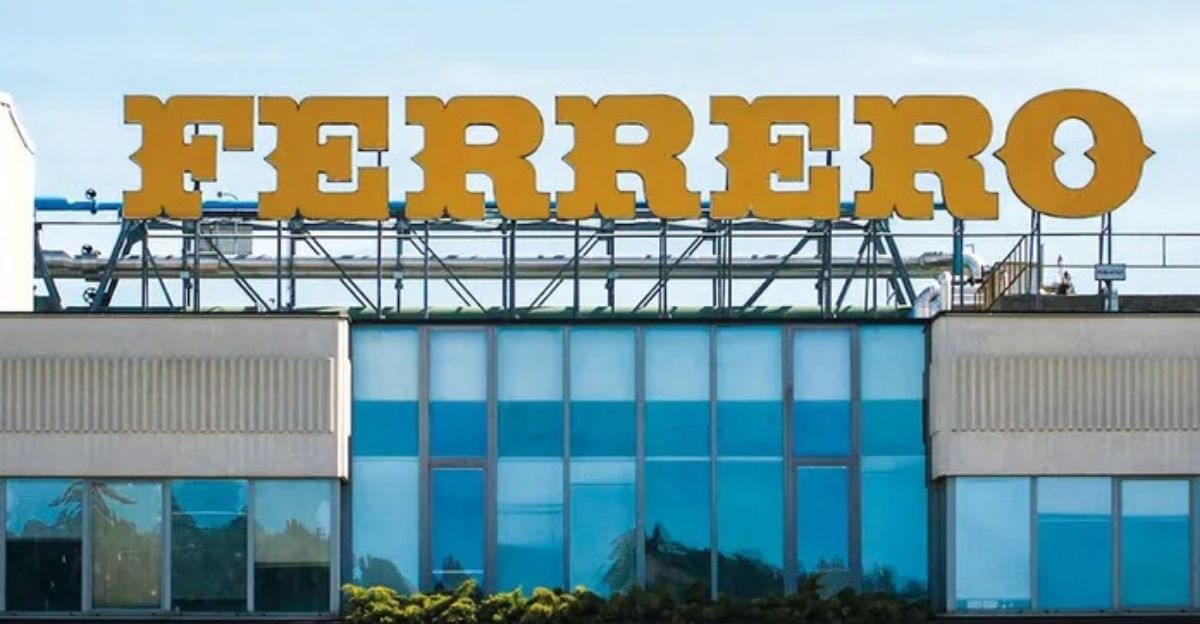
Ferrero wants to be more than just dessert. Its goal is to own snack and meal moments from morning to night. Until now, the company had little presence at breakfast. Buying WK Kellogg gives them that shot. This move fills a missing piece in Ferrero’s daily lineup and helps the company reach more consumers at more times of day.
Market Reactions

Stock traders reacted fast. WK Kellogg shares jumped about 30% close to the offer price. Experts say the premium shows how rare big takeovers are, plus benefits like shared delivery, marketing, and buying ingredients in bulk. The deal shows how some spinoff companies are undervalued until smart buyers arrive.
Ferrero faces risks: cereal profits are smaller than candy’s, and cheaper store brands compete on price. Still, Ferrero’s good debt management and patience impress rating agencies. For now, investors are more excited than a kid with a new cereal toy.
The Cereal Market’s Slow Decline
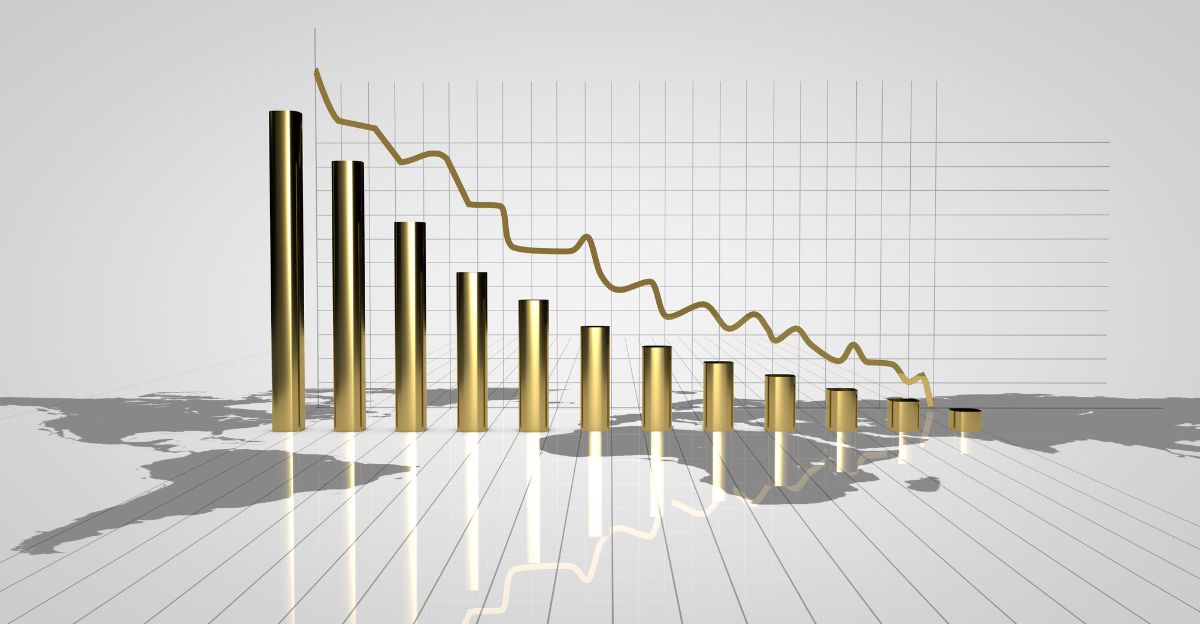
Over 25 years, cereal sales dropped a lot. In 2021, Americans bought 2.5 billion cereal boxes, but in 2024 only 2.1 billion, a 13% fall. The total cereal weight sold fell from 2.1 million tons in 2008 to 1.6 million tons in 2023. Health groups warn about added sugars, and people want quick, portable breakfasts. TikTok health trends push overnight oats and protein shakes.
Even Kellogg’s sales boost during the pandemic faded. Ferrero must act fast with cleaner labels, healthy grains, and maybe single-serve Nutella-cereal combos. This could make breakfast popular again.
What’s Next?
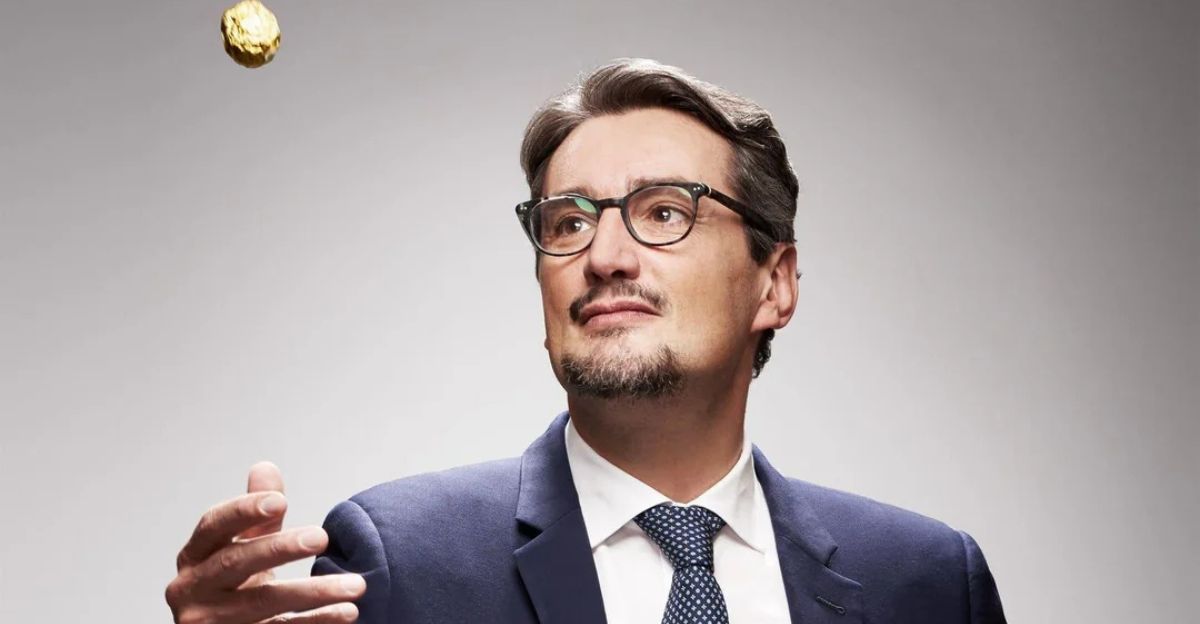
Shareholders are likely to approve, but U.S. antitrust officials will check if the deal reduces competition too much. The sale should finish by late 2025. Ferrero will start bringing WK Kellogg’s six plants, mostly in Battle Creek, under its control. Unions expect talks about automation, while supply chains may combine corn and cocoa buying.
Giovanni Ferrero says Battle Creek will stay important, but experts expect some warehouse and product cuts. For the next year and a half, expect recipe changes, culture shifts, and a race to launch new co-branded products before the buzz fades.
What Comes Next for Cereal—and Ferrero

This $3.1 billion buyout wasn’t just about breakfast. For Ferrero, it’s a high-stakes move to grow its U.S. business, balance out ingredient risks, and breathe new life into household brands.
For WK Kellogg, it’s a second chance under private ownership with deeper pockets and a longer time horizon. The big test now is execution: can Ferrero modernize cereal without losing its soul? With familiar mascots, shifting consumer habits, and rising food prices all in the mix, the real story will unfold over the next few years, right in America’s cereal bowls.
